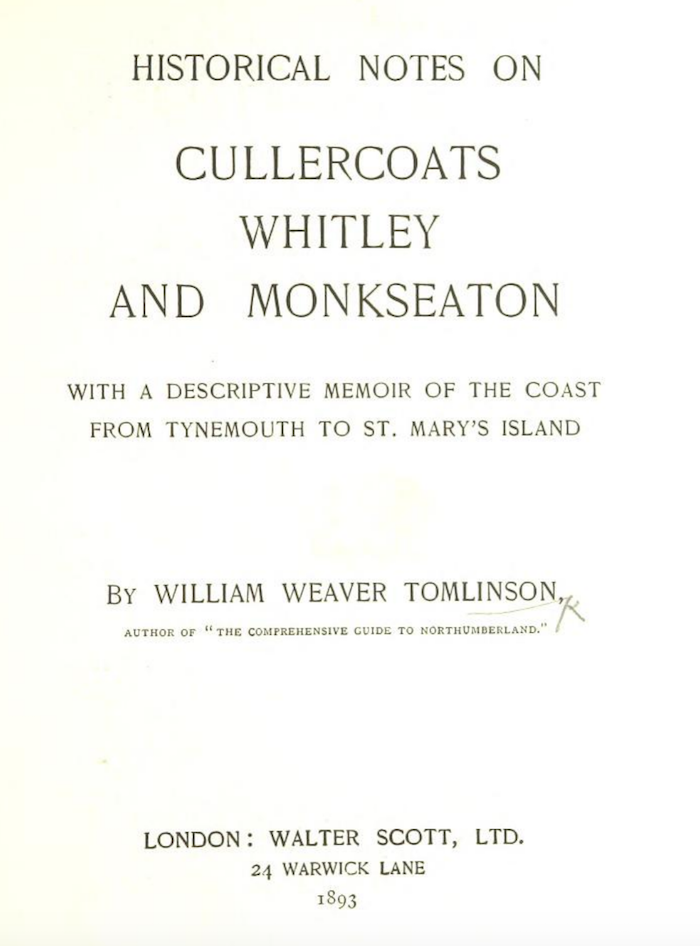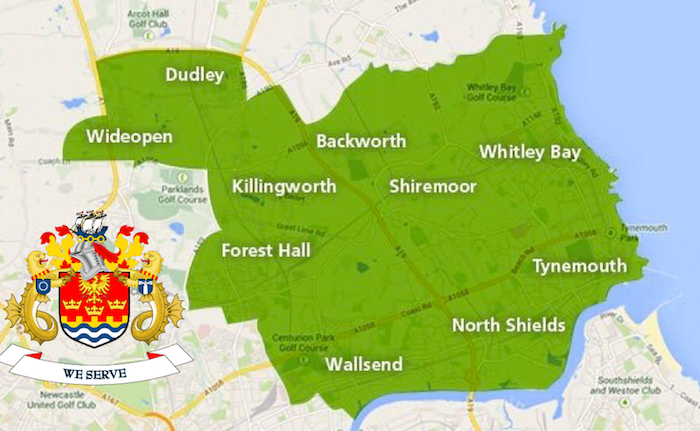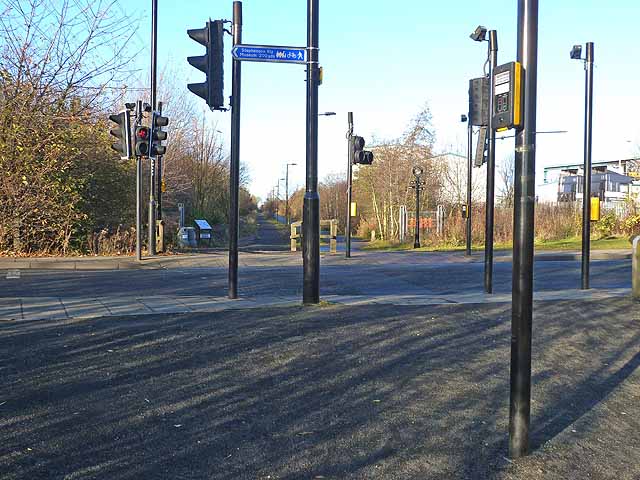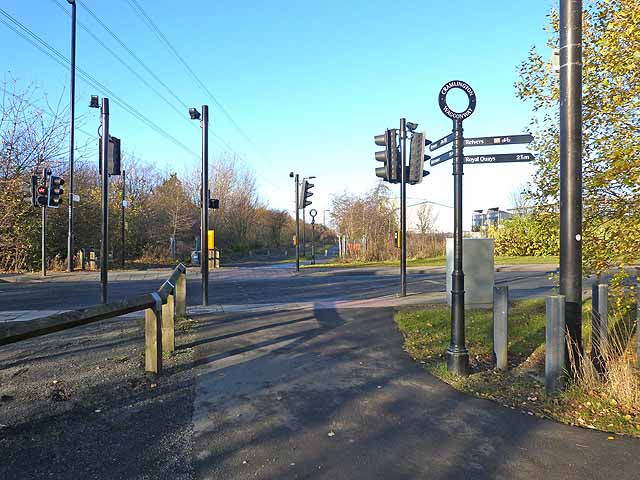Topics > Tyne and Wear > North Tyneside > Cullercoats > Historical Notes on Cullercoats, Whitley and Monkseaton (1893) > Historical Notes on Cullercoats, Whitley and Monkseaton (1893)
Historical Notes on Cullercoats, Whitley and Monkseaton (1893)
Extracts from: "Historical Notes on Cullercoats, Whitley and Monkseaton. With a descriptive memoir of the coast from Tynemouth to St. Mary's Island" William Weaver TOMLINSON, London, 1893.
Cullercoats, which up to this time had been a mere hamlet, was now to develop into a small port for the shipment of coal from the Whitley collieries. In July 1677 Lady Elizabeth Percy, only surviving child and sole heiress of Joscelyn, eleventh and last Earl of Northumberland, addressed a petition to the Lord Treasurer, the Right Hon. the Earl of Danby, showing that she had "lately formed a colliery in her lands in Tinmothshire, which lyes so far distant from Tinmoth to carry her coals hither for exportation, that she hath a convenient place upon her owne estate called Caller Coates, in the Parish of Tinmoth, fitt to erect a key to export her owne coals and the coales of the neighbouring collieryes," and praying " that, as Seaton Delavall and Blyth Nook have been made member creekes to the port of Newcastle, she may obteine the like favor to make Caller Coates a member of the same, being much nearer for the use aforesaid."
The matter was referred to Henry Brabant, customer, George Forster, comptroller, and Anthony Isaacson, collector, at Newcastle, and their report being favourable, the petition was granted on the 22nd of September, on the condition that Lady Percy should allow J\o a year to Matthew Bolt, the patent officer's deputy at Blyth Nook and Seaton Sluice, " to attend the lading of coall vessels " at Cullercoats, and provided these vessels took out their " cocquetts and discharges" at the port of Newcastle.
The construction of a pier was already being proceeded with at this time in the little haven, at the joint expense of the lessees of the Whitley collieries and Lady Elizabeth Fercy, and the work was in progress about five years, costing 13s. 6d. Two of the workmen employed in the building of the pier were accidentally killed— a bit of history which we owe to the parish clerk of Tynemouth, who made the following entries in his register of burials : -
"Aug. 8th, 1677. Mr. Thos. Lorraigne (or Lorraine)kil'd by ye fall ofa great Tree (or mast) at ye peer at Cullercoates erecting for a Beacon. Buried at Tynemouth.”
"1678, Dec. 20th. David Archer, of Cullercoats, buried at Tyn :kil'd (or smour'd) at ye peer taking down yebank."
On July 30th, 1677, John Dove of Whitley, Thomas Dove of Whitley, and Ralph Hedworth of Chester Deanery, in the county of Durham, did lease and let for a term of 99 years, at an annual rent of £5, to John Carr of Newcastle, merchant, "all that parcel of ground containing two acres more or less, that is to say six buts or ridges of land at the head of the bank next the Pier or Key then lately erected, and all that parcel of ground containing 15 yards in breadth for a waggon-way or ways thro' and along the said close from the upper dam belonging to Tynemouth Mill, alias Mardon Mill, to the Pier-head and top of the bank. And also all that parcel of waste ground below the bank of the said Arnold's Close, as the same extendeth from a high water-mark to low water-mark, or so far as the sea doth ebb and flow to the utmost bounds whereon the said key, pier, or wharf is now erected and built. Together with the ground and soil whereupon the said pier, key, or wharf is now erected and built." The lessee was to have free liberty to lay rails and sleepers for a waggon-way.
This waggon-way— 15 yards in breadth— from the upper dam of Mardon Mill to Cullercoats Banks, ran, it is supposed, on the east side of the burn to what is now Albert Place. It then made a curve to the right, continuing along the present site of Brown's Buildings and the "Newcastle Arms" to the Bank Top. Some old houses standing back from the road indicate the old line of Front Street at the time the waggon-way was laid. Robert Sutheren, on the 14th January 1734-35, bequeathed to his daughter, Ann Chicken, "all those my messuages, dwelling-houses, or tenements, with their appurtenances, scituate in Cullercoates, and now in my own possession, and adjoining unto a parcell of Ground belonging to Mrs. Gilppen on the west, and on the street or waggon-way upon the east."
Waggon-ways at this time(1677) were of a very primitive type. The wheels of the waggons, and the rails on which they ran, were of wood. We find no reference to this method of conveying coal previous to1671.
Previous section < Tomlinson, 1893 > Next section

from http://access.bl.uk/item/pdf/…
Historical Notes on Cullercoats, Whitley and Monkseaton. With a descriptive memoir of the coast from Tynemouth to St. Mary's Island
- Historical Notes on Cullercoats, Whitley and Monkseaton. With a descriptive memoir of the coast from Tynemouth to St. Mary's Island. TOMLINSON, William Weaver. London. 1893. Publisher: W. Scott. Digitised by …
Added by
Pat Thomson


from http://access.bl.uk/item/pdf/…
Historical Notes on Cullercoats, Whitley and Monkseaton. With a descriptive memoir of the coast from Tynemouth to St. Mary's Island
- Historical Notes on Cullercoats, Whitley and Monkseaton. With a descriptive memoir of the coast from Tynemouth to St. Mary's Island. TOMLINSON, William Weaver. London. 1893. Publisher: W. Scott. Digitised by …
Added by
Pat Thomson











